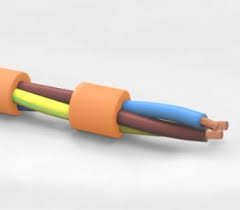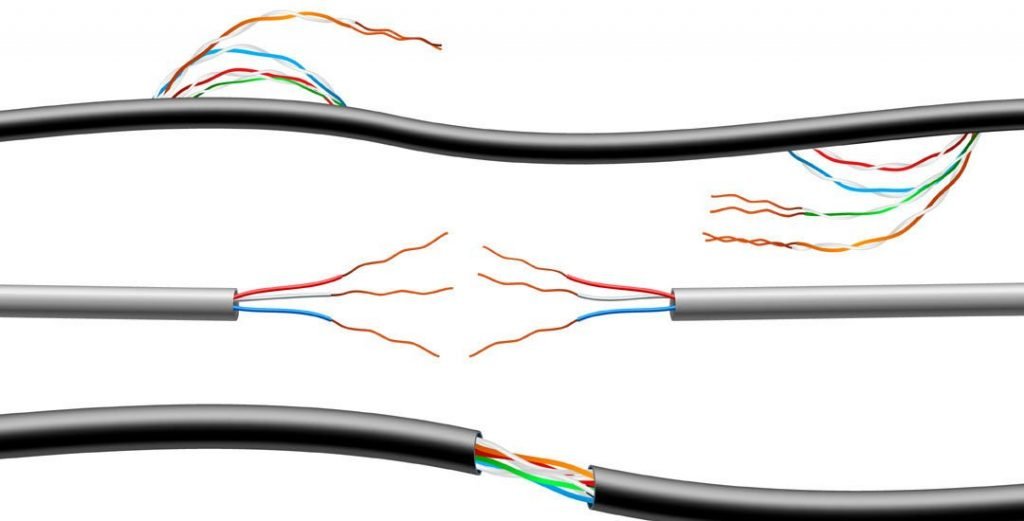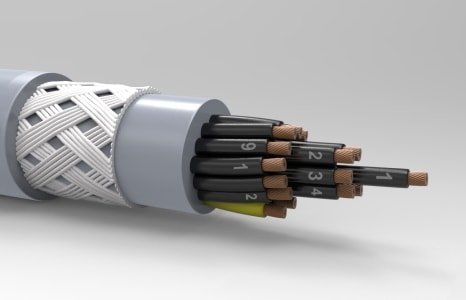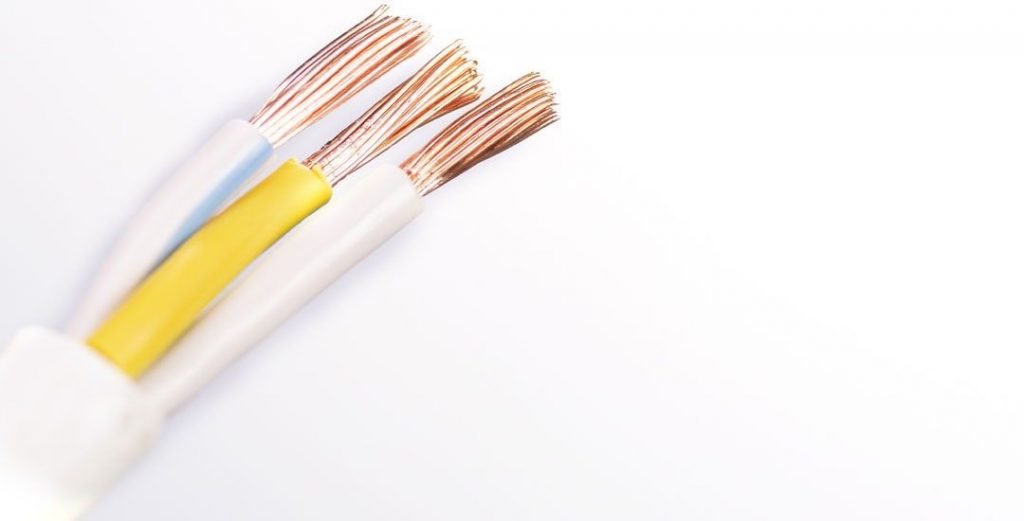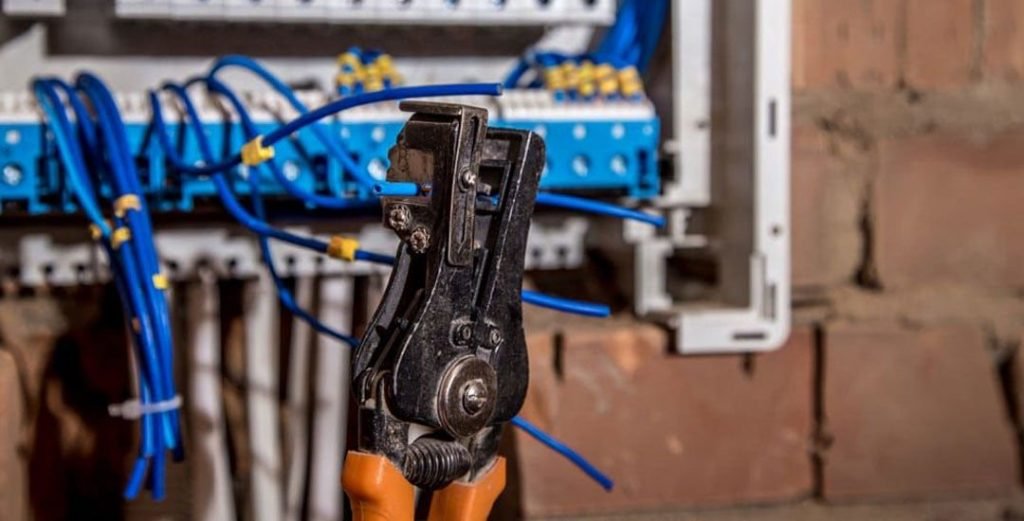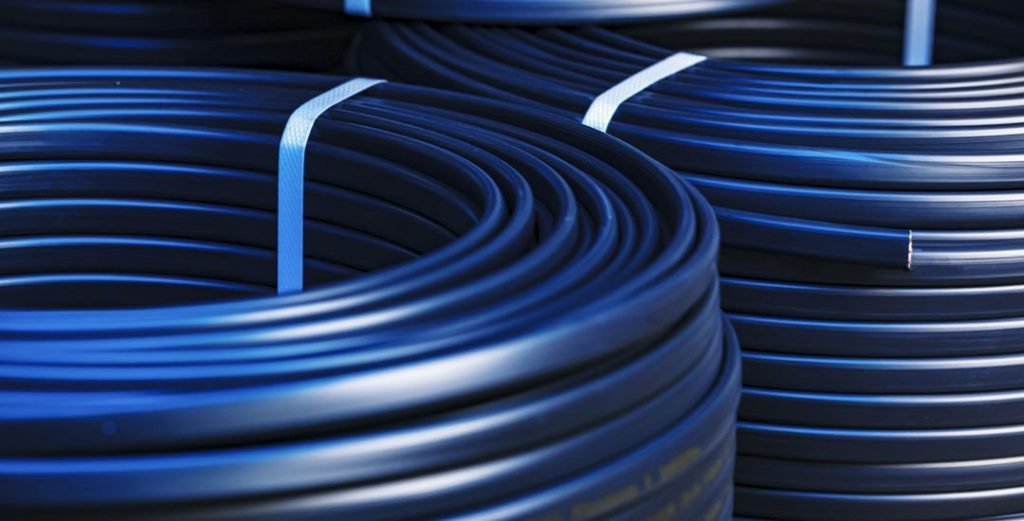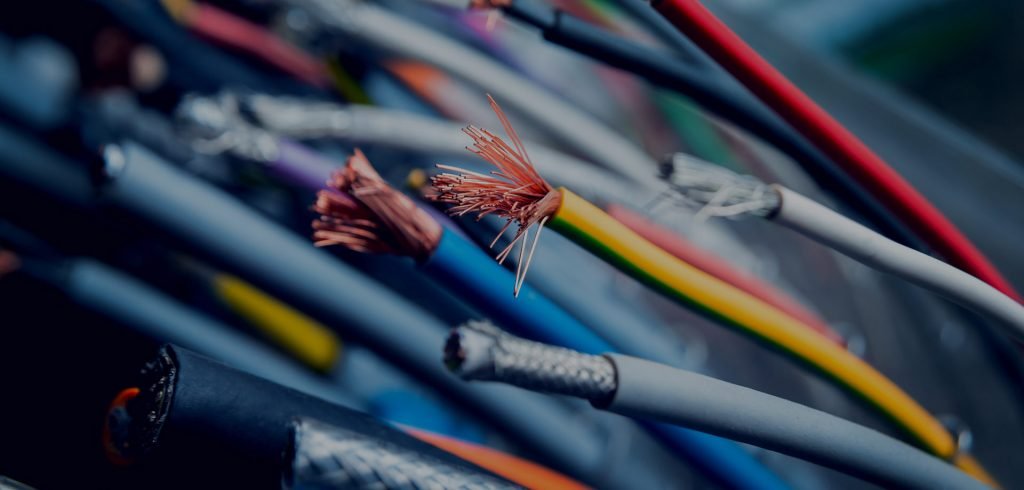
What is Weak Current and What Are Weak Current Cables?

What is Weak Current?
Systems that help regulate and manage the flow of information, communication and security inside buildings are called weak current systems.
It should not be forgotten that if there are no weak current systems in the structure, that structure consists only of concrete blocks or wooden logs.
What is Weak Current Cables System and What Are Weak Current Cables?
The weak current cables system is an electrical infrastructure that carries electrical currents over a very low voltage amount that does not harm people.
Cable systems within the scope of weak current cable systems are as follows;
● Security camera systems,
● Fire detection systems,
● CO detection,
● Intruder detection,
● Access control systems (card pass, turnstile, finger reading, face recognition, barrier systems),
● Emergency announcement,
● Telephone exchange,
● Intercom,
● Central TV systems,
● Smart home technologies and data/network infrastructure systems.
Weak current cables, which are mostly used in the building, operate the systems at 12V level.
In addition, it is very important to use the weak current cable system in accordance with the determined regulations and standards in buildings where people are together such as residences, hospitals, universities, industrial, shopping malls, public buildings and sports facilities. From this point of view, we can say that for buildings to be a safe place and for high performance in terms of energy efficiency, weak current cable systems are an important issue that should be planned and applied correctly.
What are Weak Current Cables
For the question of what are the weak current cables used for the operation of the tools, which are an indispensable element of our standard life, we have listed only some of the most used weak current cable types for you.
Weak Current Cable Types
You can examine the weak current cable types that we will list in detail below.
Coaxial Cables
Coaxial cables, which were first used in the 1930s, have a wide use in the field of data transmission within the networks of structures and systems. The reason why coaxial cables are so widely used is that they have a high capacitance value and carry the analog signals at high frequencies provided by coaxial cables with a very high efficiency.
Coaxial cables, also known as coaxial cables, are divided into different types according to their sections. It is divided into many classes according to the outer conductor, inner conductor and plastic outer coating.
In addition, coaxial cables can consist of several types in terms of their characteristics, which are described as shielding. Shielding in the cable acts as a kind of shield that protects the signal inside the cable from external signals and electrical noise that affects its quality. In connection with double shielded coaxial cables, this tube electromagnetic noise is at minimum level.
Fire Resistant Cables
Today, since almost everything is managed by automation, we can say that it is essential to have weak current cables and weak current cable systems in every structure in every area where electronic systems are present.
Considering this detail, weak current cables, which should be preferred in every area and every structure where human society is dense, should also have extra features.
Since fire resistant cables are produced from more special materials, they also prevent the increase of a fire, thanks to their feature of not releasing flammable and toxic gases. While there is such a convenience, fire-resistant cables must be preferred in various building structures by prioritizing the safety of people.
We can list the most commonly used materials in the manufacture of fire resistant cables as PVC, Halogen Free (HFFR-LSOH) and Polyethylene (PE), which are important in terms of being free of halogen, being flame retardant and fire resistant.
Since fire resistant weak current cables do not contain elements such as chlorine, iodine, bromine and fluorine, the current smoke densities are also so low, these fire resistant cables are a very important choice in terms of the advantages they provide for life and property safety.
Compound and CCTV Cables
While 2+1 CCTV cables, which are CCTV cable systems consisting of the combination of more than one cable, where different data such as sound, image and alarm are sent at the same time, transmit sound and power, 4+1 CCTV cables also transmit audio signals at the same time.
4+1 CCTV cables, also referred to as belt cables, can record audio at the same time as the image, and cameras with microphones connected to external contacts should use 4+1 CCTV cables, which are also referred to as this camera cable.
If we approach from a technical point of view, the cables used in camera, switch and server devices also vary depending on whether the technology used in a CCTV system is analog or IP. From the cables going from the switch device to the camera, the CAT 6 Cable can be used as LSZH 24 AWG.
Control Cables
Control cables, a member of the weak current cables group, are available as PVC control cables and halogen-free control cables. Control cables are used for signal transmission of various control systems in buildings.
The cable cross-section of the control cables is between 300/500 V and 0.14 mm² – 2.50 mm². Low current control cables, which are more preferred in various communication systems, machines, electronic circuits, for example, in case of a fire in the building, extinguish themselves with a little smoke residue because the control cable’s flammability is low. The most important feature of weak current control cables is that they do not release toxic or corrosive gas in such a possible fire situation.
Audio and Video Cables
Audio and video cables are used in places where the sound infrastructure system is very wide, such as conference halls, cultural centers, hotels and hospitals, business centers, broadcasting industry, sports stadiums.
As weak current cable systems, the application in the voice alarm system can be planned as a loop or zone.
Field elBUS Cables, which are very useful in many different functional aspects such as card readers, magnetic lock and electric lock, of audio and video cables used in card access system.
Since BUS cables, which are frequently used and used in building automation systems, can transmit data at a very high speed, they provide the connection between different automation devices such as sensors, actuators and controllers in the BMS system only in a single line.
BUS Cables are cables that meet certain standards according to ISO 11898 and IEC 61158 quality standards, as well as fully responding to all kinds of Process Control demands in the industry thanks to their cost-effective and easy installation.
Fire Alarm Cables

These weak current cables, produced in accordance with the TS 2814 standard, are used as fire alarm and switchboard and subscriber distribution cables inside the building.
There are PVC, HFFR outer sheathed types and annealed, tinned inner conductor types, screened and unshielded types.
Fire alarm cables, which are another type of weak current cables, contain many Loop Elements such as detectors, flashers, power supplies, panels and modules within the fire detection system.
Different cable types or thicknesses may be required according to these elements in the list and the quantities they are in. We can explain these cable types and thicknesses as follows;
● First of all, 8 mm² J-H(St)H FE-180 PH90 or 1x2x0.8 mm² J-H(St)H FE-180 PH90 can be used as a fire detection system Loop Line cable within the scope of weak current cables.
● On the other hand, in the carbon monoxide detection system, 3×1.5 mm² NHXMH LSZH can be used as a panel feeder cable and 5 mm² LIHCH LSZH can be used as a Loop Cable circulating the field elements.
Energy and Installation Cables
Regardless of its structure, building, business center, shopping mall etc. Energy and installation cables are used in general weak current cable installations of structures such as Energy and installation cables with an operating range from 0.6 kV to 1 kV, including low voltage cables, medium voltage cables, installation cables and high voltage cables, are produced from the manufacturer according to their usage areas. The features sought in the production of energy and installation cables are briefly as follows;
● Conductor type,
● Facility type,
● Insulator type,
● Voltage value,
● Operating conditions,
● Intended use.
Instrumentation Cables
We can list the usage areas of instrumentation cables, which successfully provide analog and digital signal transmission in measurement and control processes, as industrial facilities, chemical campuses, power generation facilities, process control and data processes.
Ship and Yacht Cables
In short, ship yacht cables, which are as important as the choice of brand in weak current cable systems and which are used in ships’ electrical panels, should have international certificates, are cable types with high standards specific to marine applications in this respect.
It should not be forgotten that your cable may be good, but the availability of competent companies and engineers on the infrastructure to project the cables is also an important issue in terms of long lasting and high efficiency of the projects.

